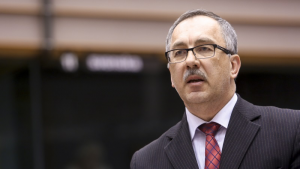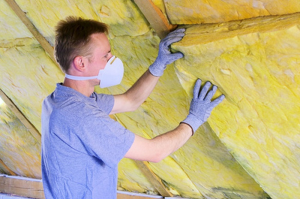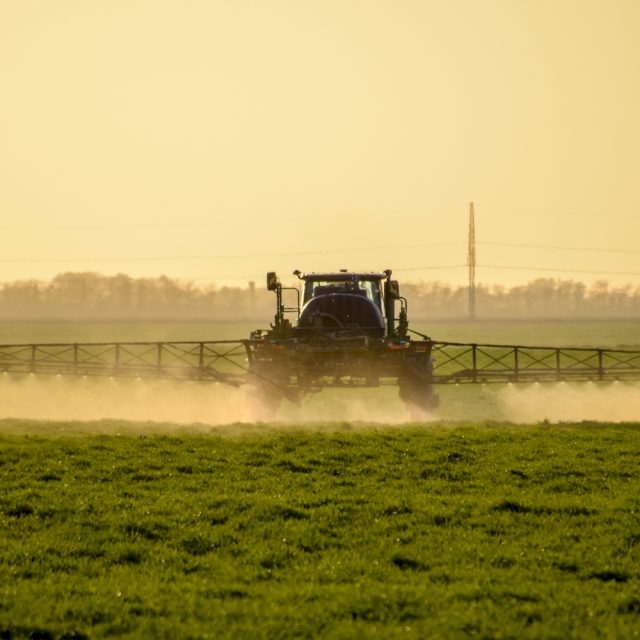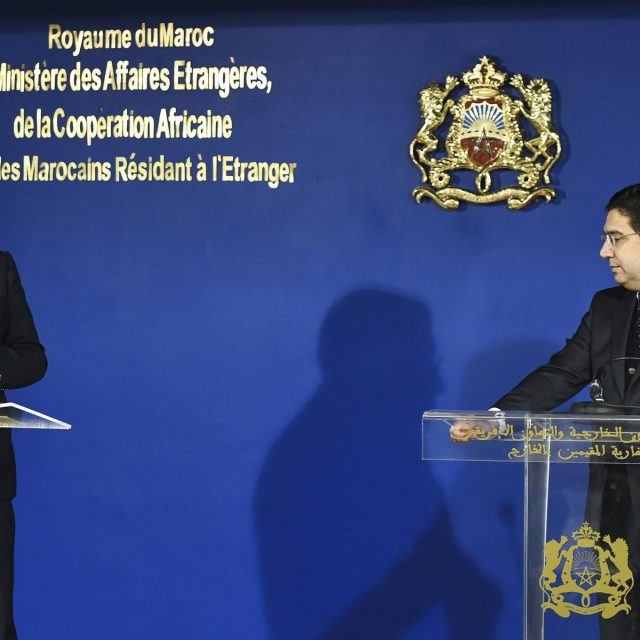Fire Safe Europe, accompanied by Smurfs characters, were inside the European Parliament this week to launch a campaign with Vladimir Manka MEP (ASD from Slovakia), writes James Wilson.
The Campaign organisation, which has Rockwool and Knauf among its founders, called for EU election candidates to sign a pledge to work to improve fire safety during the next European Parliamentary term. Their call focuses on the safety of construction materials, especially concerning smoke toxicity and façade safety.

The campaign launch met with some debate, as fears are being voiced that the safety of construction materials needs to encompass more than only the fire safety issue. Concerns have increased since the publication of a report by Eurogip, a French organisation that investigates issues relating to insurance and prevention of accidents at work and occupational diseases. The report looked at nine countries (German, Austria, Belgium, Denmark, Finland, France, Italy and Sweden) and concluded that they have all been under-recognising the number of cancer cases caused by workplace exposure to chemicals or other carcinogenic factors.
The Eurogip report states: “Everyone admits there is a phenomenon of under-reporting of occupational cancers.” For each country, the organisation recorded the number of cases of occupational cancer reported by patients, and the number officially recognised as occupational disease by an insurance company between 2005 and 2016. In every country except German, cancers due to asbestos dust accounted for the overwhelming majority of cases recognised as an occupational disease in 2016. At present, approximately half a million workers and former workers receive medical monitoring due to an exposure during their work to asbestos dusts, silica dusts, synthetic material dusts or other carcinogenic, or mutagenic substances or mixtures, and radiation. Eurogip suggests raising awareness among doctors and hospital staff of occupational causes of cancer, to help raise the number of cases that are detected and flagged at the time of diagnosis.
The focus on the hazards of synthetic material dusts by Eurogip adds to the concerns raised by Gary Cartwright in EU Today’s June 2018 report about the serious health risks associated with Man-made Vitreous Fibres (MMVF), more commonly known as mineral wool, including carcinogenicity and lung disease, including Chronic Obstructive Pulmonary Disease (COPD). Mr Cartwright explained that after the asbestos industry collapsed due to the danger asbestos posed to human health, mineral wool (MMVF) emerged as a replacement. Mineral wool was classified as a carcinogen until 2002, when a newer version of it was declassified. Mr Cartwright’s report examines how the tests that led to the declassification were flawed. Tests in 1996 and 2000-2002 were not conducted with mineral wool in the form that it is sold or used by consumers or commercially: those tests were carried out with the binder or oil removed, giving misleading results regarding carcinogenicity. Calls have been made for the materials to be ret-tested, this time ensuring the product is tested as it is sold, including the binder.
Dr. Marjolein Drent, a Netherlands-based lung disease specialist, has stated “The effects of the fibres of glass wool and stone wool can be compared to those of asbestos. In the past we did not know asbestos was very dangerous. The results of the effects of fibres in glass wool and mineral wool are only being seen right now, so we must deal with it carefully.”

Those concerned recognise it could take some time for full and rigorous re-testing to take place. In the meantime, compulsory use of appropriate safety equipment, such as face masks, by construction workers is being proposed as a short-term safety fix. Another, pragmatic proposal is to legislate for highly visible labelling of mineral wool so that those using it in their own homes are both aware of the risks and also the methods they could use to reduce those risks somewhat by covering their face and hands with protective gear.
A vocal campaign by Fire Safe Europe, its commercial backers and their Smurf spokespeople is all very well. Smoke toxicity and façade safety should indeed be part of the discourse. But if policy makers only look at fire risks, they will be ignoring a health hazard for those working with mineral wool. Simply handling, installing or removing mineral wool places workers and homeowners at risk from cancer and lung disease, including Chronic Obstructive Pulmonary Disease (COPD). Unfortunately, these serious risks to human health lurk inside so many European homes in the form of mineral wool and the material is used daily on construction sites and by homeowners conducting home renovations. This must be taken into account in policy making about the safety of construction materials.
James Wilson is Editor of EU Political Report




